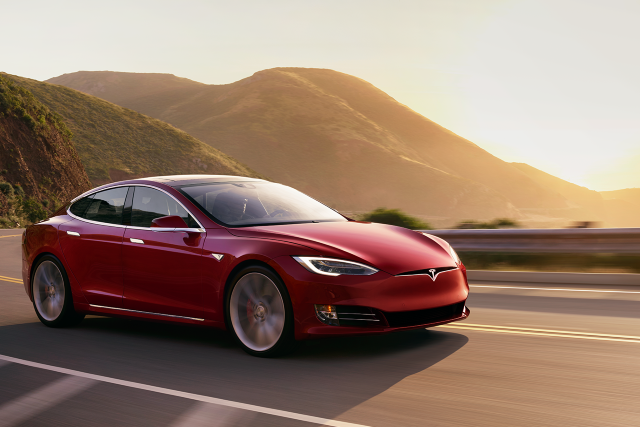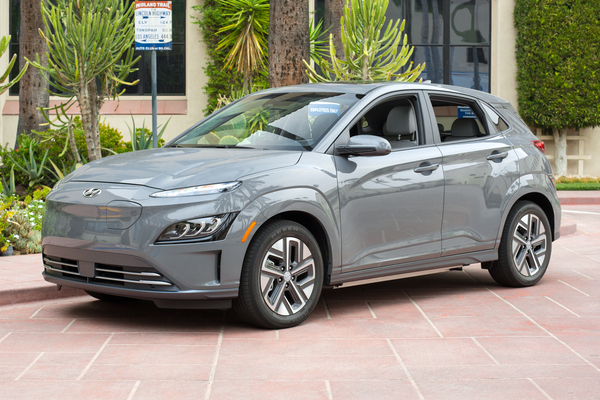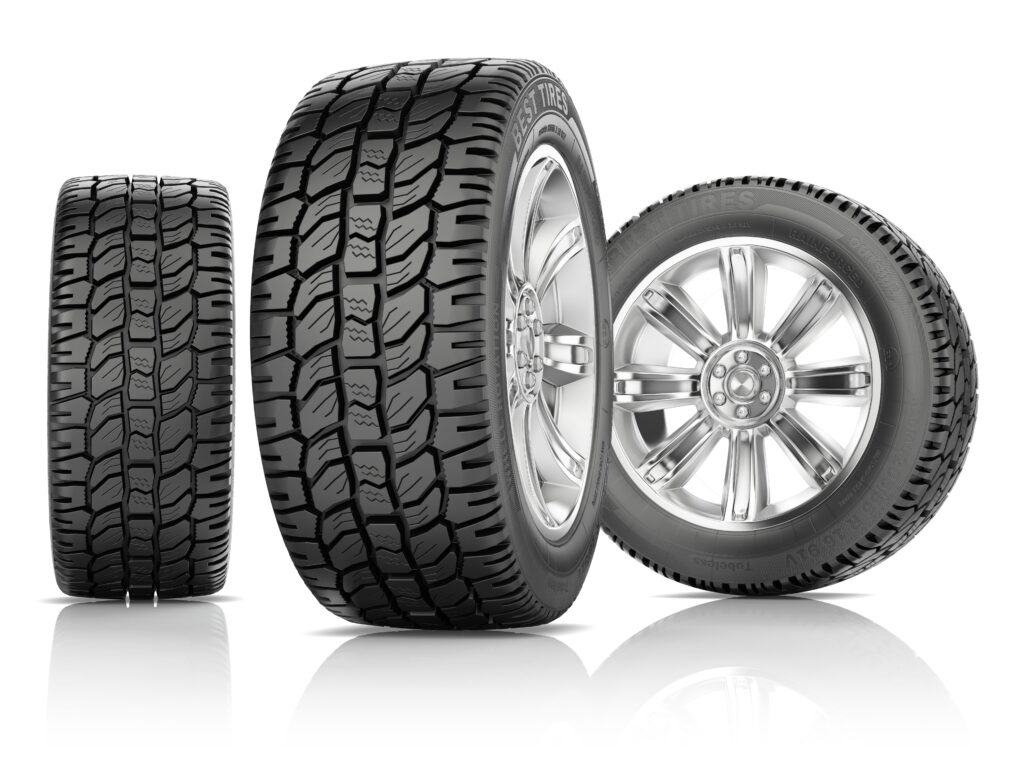
Electric vehicles are getting more popular by the day. By some estimates, roughly half of all new car sales by 2035 could be electric vehicles. And, by a wide margin, no other manufacturer has sold more EVs in the U.S. than Tesla.
While that alone might be enough to convince some buyers, there are some particularities about the cars that prospective owners should be aware of.
Here is everything you should know before buying a Tesla.
There are currently four Tesla models available for purchase today: S, 3, X and Y. The former two are sedans while the latter pair are SUVs. All models come in a Performance trim level and a less-expensive Long Range model.
All four Tesla models have received five-star safety ratings from the National Highway Traffic Safety Administration. New vehicles come standard with active safety features. These include automatic emergency braking, collision warning, side collision warning, blind spot monitoring and lane departure avoidance.
Additionally, as with all electric vehicles, Teslas have their batteries located on the floor of the vehicle. This creates a low center of gravity that improves stability and reduces the chance of a rollover.
Some safety concerns have come up regarding Tesla’s Autopilot system. This automated technology uses cameras and radar to create a suite of features to help in driving, such as cruise control and automatic steering. It is classified as a Level 2 automated system, according to the U.S. Department of Transportation. Vehicles reach this level, also known as partial automation, when they have combined automated functions, such as steering and acceleration.
When used properly, this technology can add an additional layer of safety. However, like all autonomous vehicle technology, Autopilot is not a self-driving system. A driver still must always be behind the wheel, remain engaged and be prepared to take over at any time.
AAA’s Recommendation: Whether you own an electric vehicle or a gas-powered car is up to you – and you should consider lots of factors in making that choice. No matter what type of vehicle you’re choosing, we recommend visiting a dealership, test driving one, and asking as many questions as possible to make an informed decision.


















